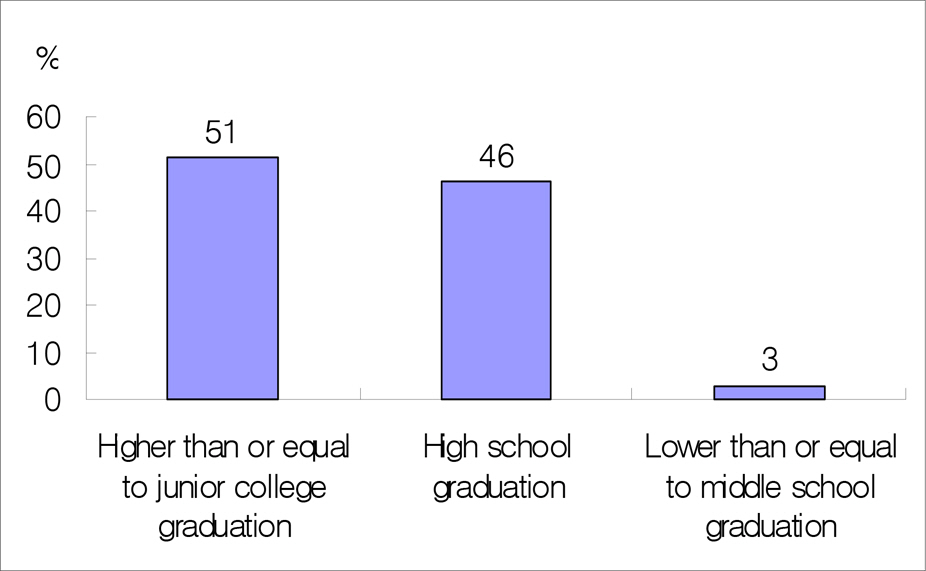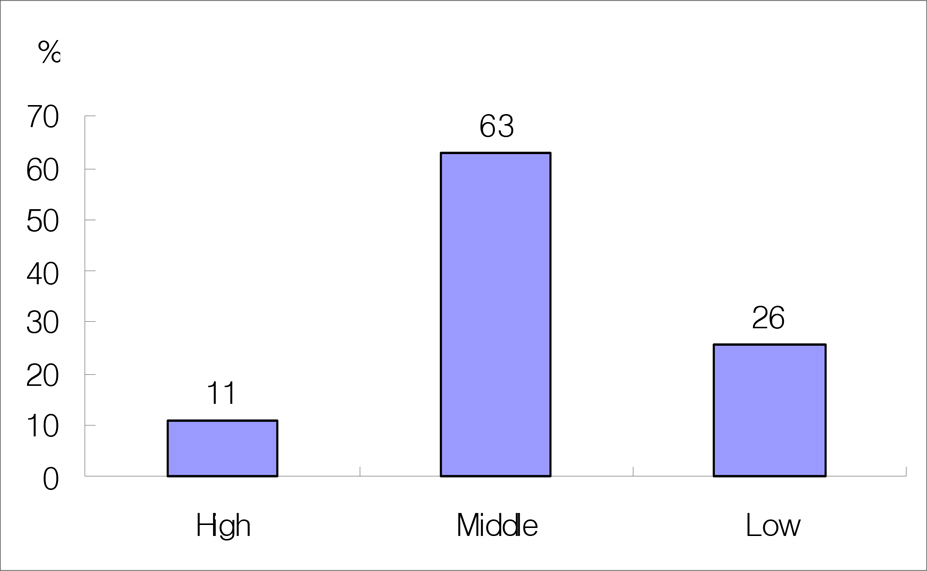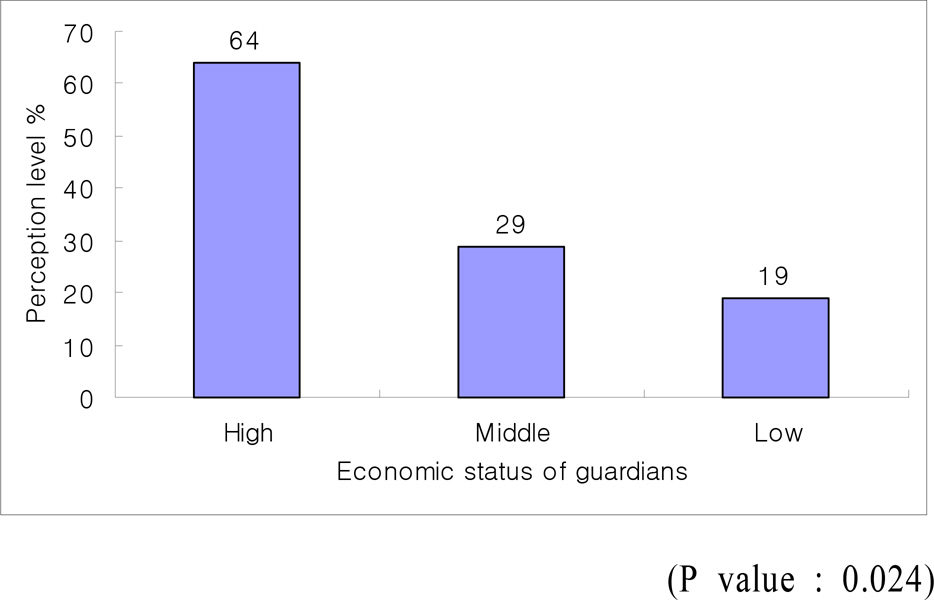J Korean Ophthalmol Soc.
2007 Aug;48(8):1023-1027.
A Survey on the Perceptions of Guardians of Pediatric Oculoplastic Patients
- Affiliations
-
- 1Department of Ophthalmology, Yeungnam University College of Medicine, Daegu, Korea. sjh@med.yu.ac.kr
Abstract
-
PURPOSE: This survey was performed to gather information about the guardians of pediatric oculoplastic patients undergoing certain medical care services in order to recommend improvements in these services.
METHODS
Questionnaires were distributed to guardians of pediatric oculoplastic patients who were admitted for operations to correct epiblepharon and ptosis. Completed questionnaires, which numberd 100, were then analyzed.
RESULTS
The results of this survey show that most guardians were the parents of the patient; most had a level of education higher than or equal to junior college graduation; and most were middle-class. The parents themselves had discovered their children's disease and had a great influence on the decision to operate. Most parents took an optimistic view of the results of the operation. The higher the guardians' economic status, the more likely he or she believed that both an ophthalmic and a plastic surgeon could perform oculoplastic operations. Many guardians chose an ophthalmic clinic over a plastic surgery clinic because the likelihood of a satisfactory result is higher and because these diseases are related to visual acuity. Half of the guardians knew that there is an oculoplastic clinic at the department of ophthalmology, and many of them gathered information about oculoplastic surgery from the internet.
CONCLUSIONS
Better explanations about oculoplastic diseases and more education about these diseases should be available to the guardians of patients with these diseases. Systematic publicity for the field of oculoplastic surgery is needed urgently, and the availability of accurate information and specialized medical counseling about these diseases on the internet should be increased.
MeSH Terms
Figure
Reference
-
References
1. Lee SY, Kim YD, Kwak SI, et al. Opthalmic plastic and reconstructive surgery. 1st ed.Seoul: Korean society of ophthalmic plastic and reconstructive surgery;2004. p. 63–4.2. Lee SY, Kim YD, Kwak SI, et al. Opthalmic plastic and reconstructive surgery. 1st ed.Seoul: Korean society of ophthalmic plastic and reconstructive surgery;2004. p. 107.3. Lochman JE. Factors related to patients’ satisfaction with their medical care. J Community Health. 1983; 9:91–109.
Article4. Putterman AM. Patient satisfaction in oculoplastic surgery. Ophthalmic Surg. 1990; 21:15–21.
Article
- Full Text Links
- Actions
-
Cited
- CITED
-
- Close
- Share
- Similar articles
-
- Guardians' Perceptions of Pediatric Oculoplasty: Comparative Analysis in 2007 and 2017
- Survey on the awareness of guardians and dental workers regarding the application of behavioral guidance techniques during dental treatment for pediatric patients
- The effects of home safety intervention on guardians’ behaviors of injury prevention in injured children: a double blind randomized controlled study
- Analysis and Consideration of Factors for Predicting Cooperation Levels in Pediatric Dentistry
- The perceptions and performance of family-centered care among pediatric nurses at a children's hospital in South Korea: a descriptive study








